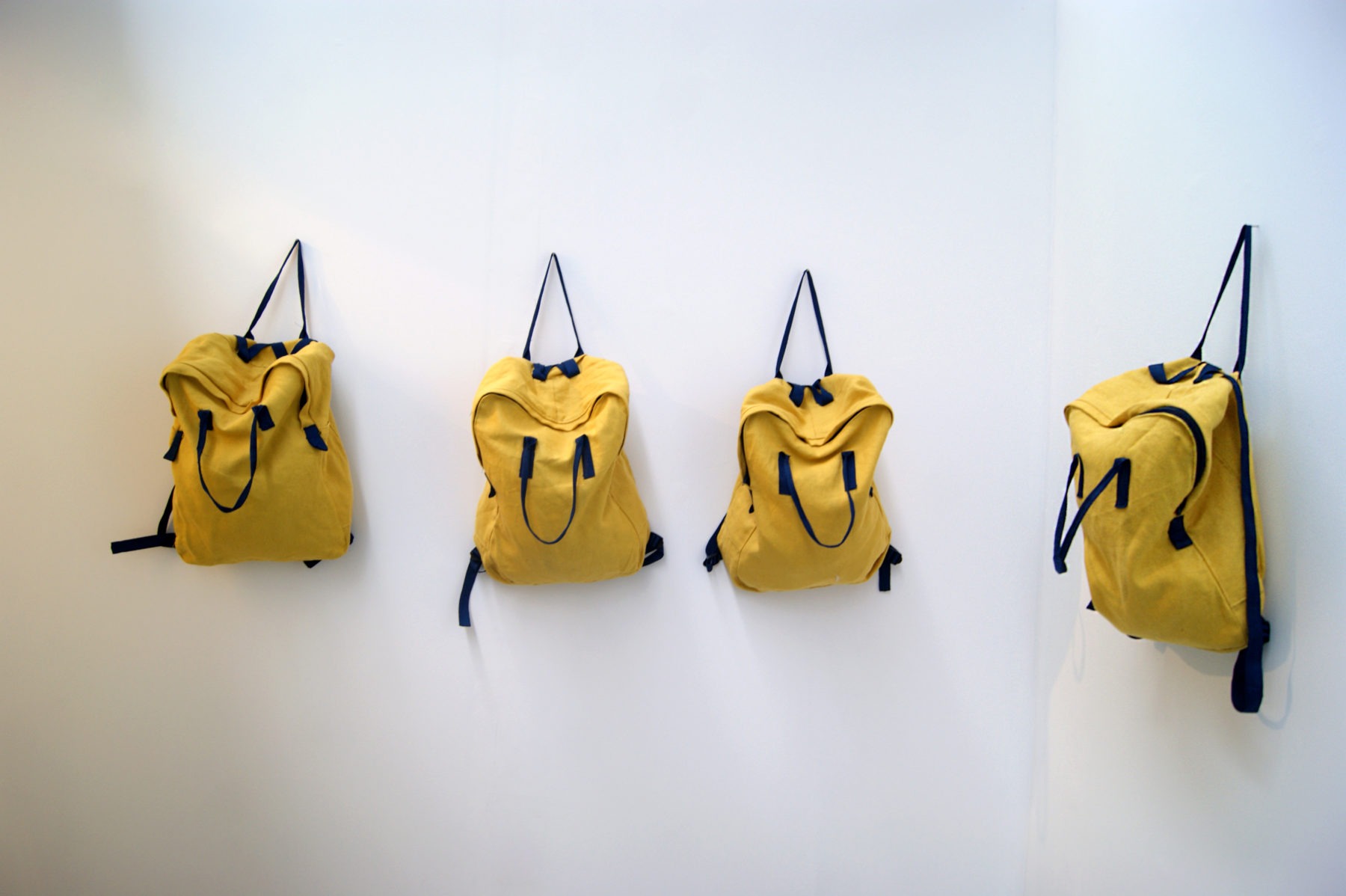
Thus, in general, art, generated during western modernity, has positioned itself as a field of objects with unique characteristics, often related to the narrow possibility of generating a certain sensory impact on the observer, giving it the sensation of having penetrated into a different world, completely removed from its routine existential reality; that of aesthetic beauty. It should be noted that these specific objects with peculiar auratic potential required specific places for their placement, conservation and, obviously, their contemplation, therefore confusing the fact in the imagination of most of the population with the very condition of being art.
For decades, however, artistic production has been going down other paths, gradually reinventing not only the fields of visibility of what Western modernity began to call art, but also the range of its techniques and materials, demanding consequently a radical transformation of attitude in the person who will interact with it, and, often, other spaces for its proper presentation.
In relation to her artistic position, and unlike other artists of our contemporary world, Siglinde Langholz, from the beginning, has not been identified with the paradigm of Western modernity, and its inert, generic and materially repetitive field of objectual production. She points out more to the possibility of procuring pleasure or not, in the captivated spectator.
Hence, for her, the work to be produced necessarily had to have something unconventional or frankly experimental in relation to the medium, the format, the materials or the lifetime of the work, while also breaking with the historical conception of the work of art as a field of inanimate matter to which a privileged human being, moved by a certain idea, manages to give a beautiful form.
The creative processes of Siglinde Langholz generate its own fields of representation, dispensing with the mastery of the anecdotal to focus on the tensions that materials + technique + production objective generate in each work poussée de vie sprouts.

The breakpoints are, then, multiple; the main one—and the one that gives homogeneity to the whole work that she has been working on for several years —being, without the slightest doubt, the vitalist rootedness of it: the creative action guided by the exclusive and rigid knowledge of the characteristics of a closed and finite list of possible materials and techniques, has been reconsidered by the open and infinite of a nomadic artistic thought, in constant symbiosis with the environment and, in particular with all the heterogeneity and complexity of the vital task of select plants and animals. The last – and not the least significant – element of rupture with the artistic paradigm of Western modernity is the non-consideration of the mimetic as a condition of the necessary possibility of an artistic product.
The creative processes of Siglinde Langholz generate its own fields of representation, dispensing with the mastery of the anecdotal to focus on the tensions that materials + technique + production objective generate in each work poussée de vie sprouts.

It should be made clear that, contrary to what many people frankly ignorant of the processes of artistic creation affirm, experimentation cannot be confused with the “n’importe quoi, n’importe comment”. I know that, from her first semester as an undergraduate student, Siglinde Langholz has expressed the strong concern to accompany and, therefore, to justify in a certain way, any piece of her with its pertinent theoretical foundation. In other words, in her case, the studio becomes a library whose shelves rather than pile up messy monographs of select artists or voluminous and obnoxious art history books, offer their spaces to texts of philosophy, anthropology, science, etc., which have nourished the reflection and opened the mind to the apprehension of the heterogeneity and complexity of the living being and its existential positioning.
Although scientists have long been traveling the fascinating paths of biomimicry, the process is much less common in the field of arts. And it is not that art has begun to copy science or take advantage of some of its latest discoveries, but simply that the study and knowledge of specific elements of the routine of certain animals or particularities of certain plants inspire Siglinde Langholz, of the same way, for example, that others have reviewed and continue to review the collections of museum venues. In this sense, part of the conditions of the possibility of her artistic work is nothing more than an extreme curiosity towards the world that surrounds her and, in turn, what she generates. Which also explains the rigor and meticulousness with which she has been producing. In this sense, if one can speak of style, that of Siglinde Langholz is, without a doubt, a set of aesthetic signs perfectly selected and reasoned.
The art of rhythms and relations take care of any kind of trap for feelings. Objects of apparent silence and tremendous expressiveness exist for those who manage to know how to apprehend and understand.